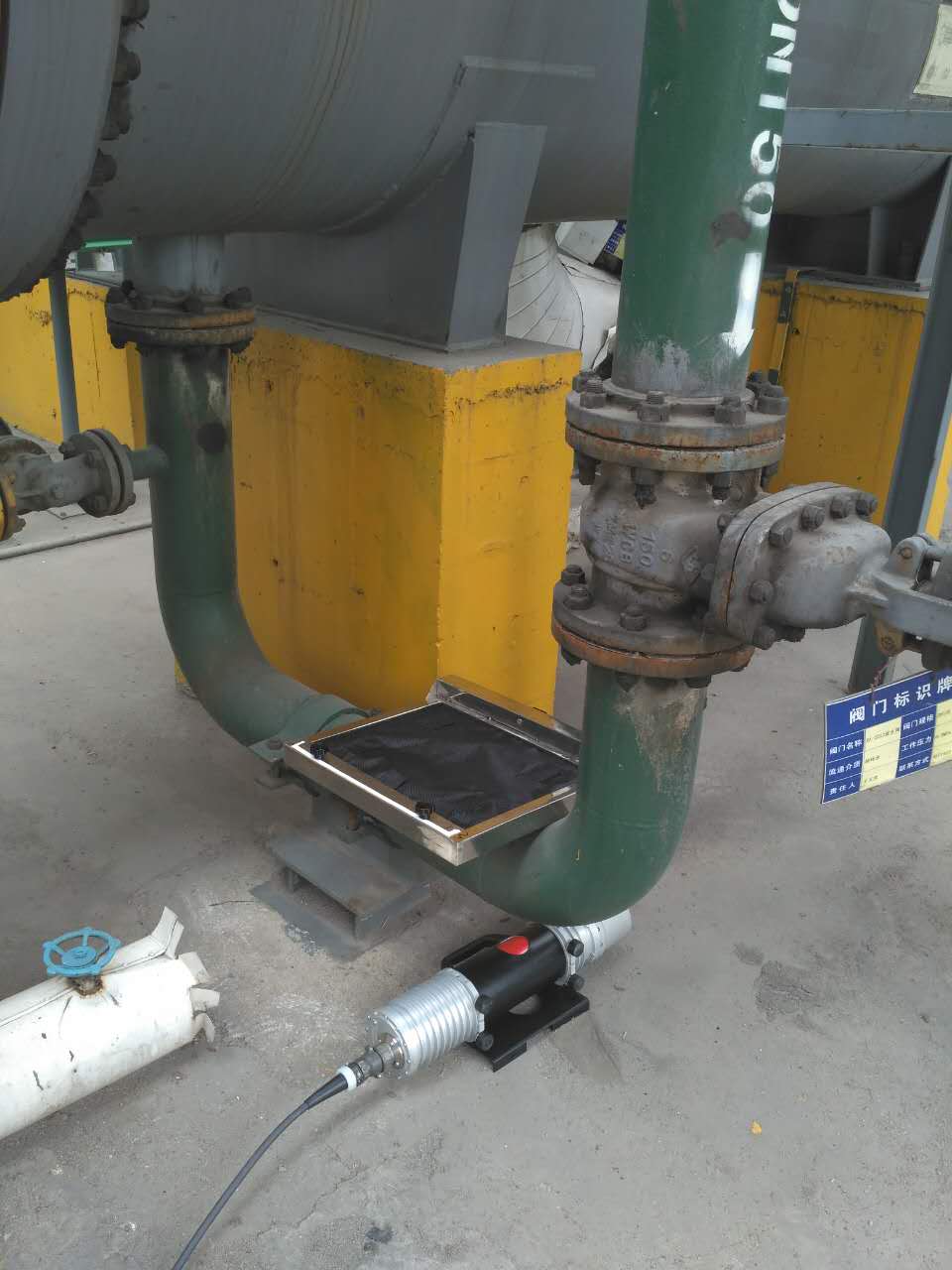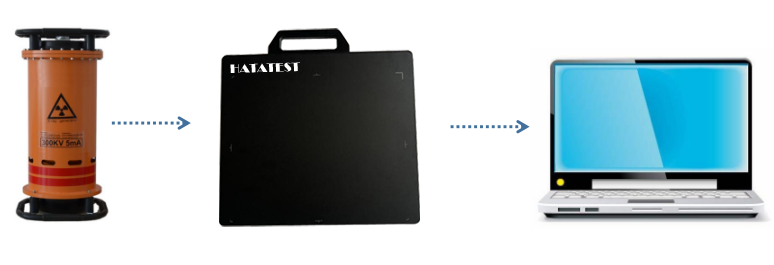
Most of the pressure vessels use low-alloy or carbon steel such as 16MnR, so that the equipment has the characteristics of coercive force and low remanence. Therefore, only continuous method can be used when detecting equipment defects. The continuous method refers to the detection of magnetic powder defects by applying magnetic suspension or magnetic powder to the member under the magnetization of an external magnetic field, but the detection of equipment defects is mainly for the weld seam, so that it can only be portable, and cannot be fixed. For the type of equipment, the magnetic powder defect detection method cannot be used frequently due to its own defects. The following are frequently used non-destructive testing methods:
1. Cross yoke method: The cross yoke method is the most widely used in detecting boiler pressure vessels. This method has the advantages of high sensitivity, easy operation, ability to generate a rotating magnetic field, and detection of defects in multiple parts after one magnetization. Very suitable for long butt weld defect inspection. However, since this method has a relatively high voltage and its rated voltage is 330V, it is limited in the factory and cannot be used.
2. Yoke method: The yoke method is often used in non-destructive testing. This method can quickly and accurately detect defects in fillet welds and is easy to operate. In order to improve the quality of the test in the specific operation, the direction of the brother of the device can be detected. At least the same part of the device should be detected at least twice and perpendicularly, and the weld bead should be divided into multiple segments, and the overlap detection should be performed. The detection efficiency is relatively low. When using this method for detection, once the operation is improper, the part to be detected is missed, thereby affecting the detection quality of the device.
3. Coil method: The coil method is a longitudinal magnetization. The method of winding the cable can be used to detect the fillet weld and the circumference of the pipe. The longitudinal cracks in the heat affected zone and the weld can be used to detect defects and existing safety hazards in the equipment. come out.
4. Contact method: The contact method belongs to the single-direction magnetization method, which can adjust the distance between the electrodes. The distance between the electrodes is determined mainly according to the sensitivity requirements and the specific part of the defect, and then the weld bead is flexibly adjusted with the yoke. The method is the same, in order to ensure the quality of the test, the detection part should be tested twice vertically. The cross yoke method and the yoke method are mainly used for detecting the ring and longitudinal welding of the boiler pressure vessel, because the operation of the two methods is relatively simple, rapid, and highly sensitive, and has advantages over other detection methods.
-
 Sales@hata-ndt.com
Sales@hata-ndt.com -
 +86 371 63217179
+86 371 63217179










